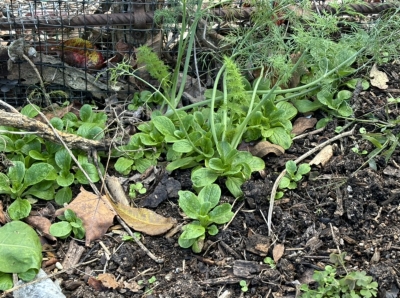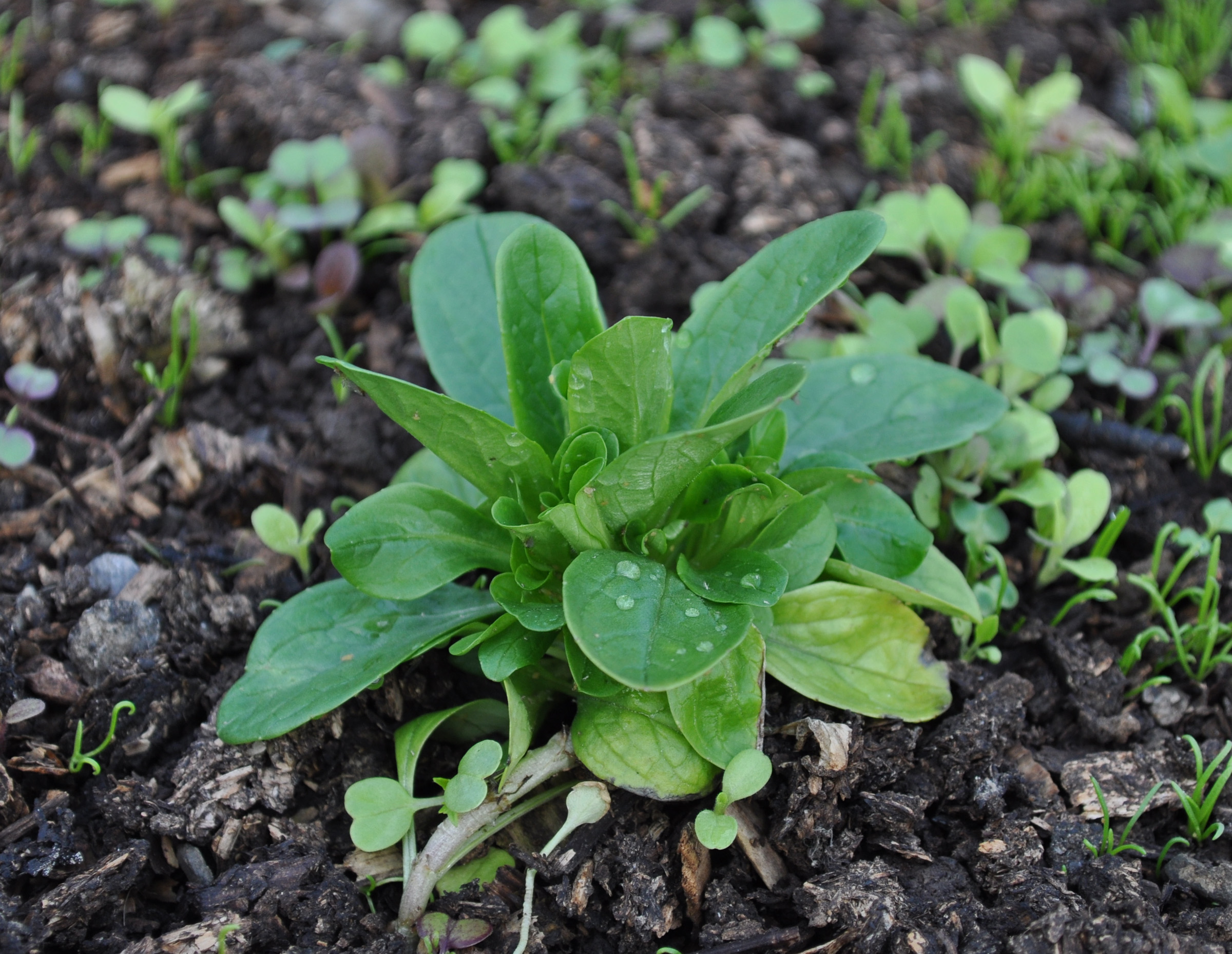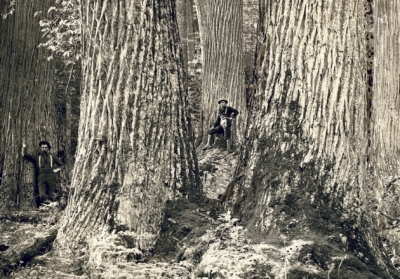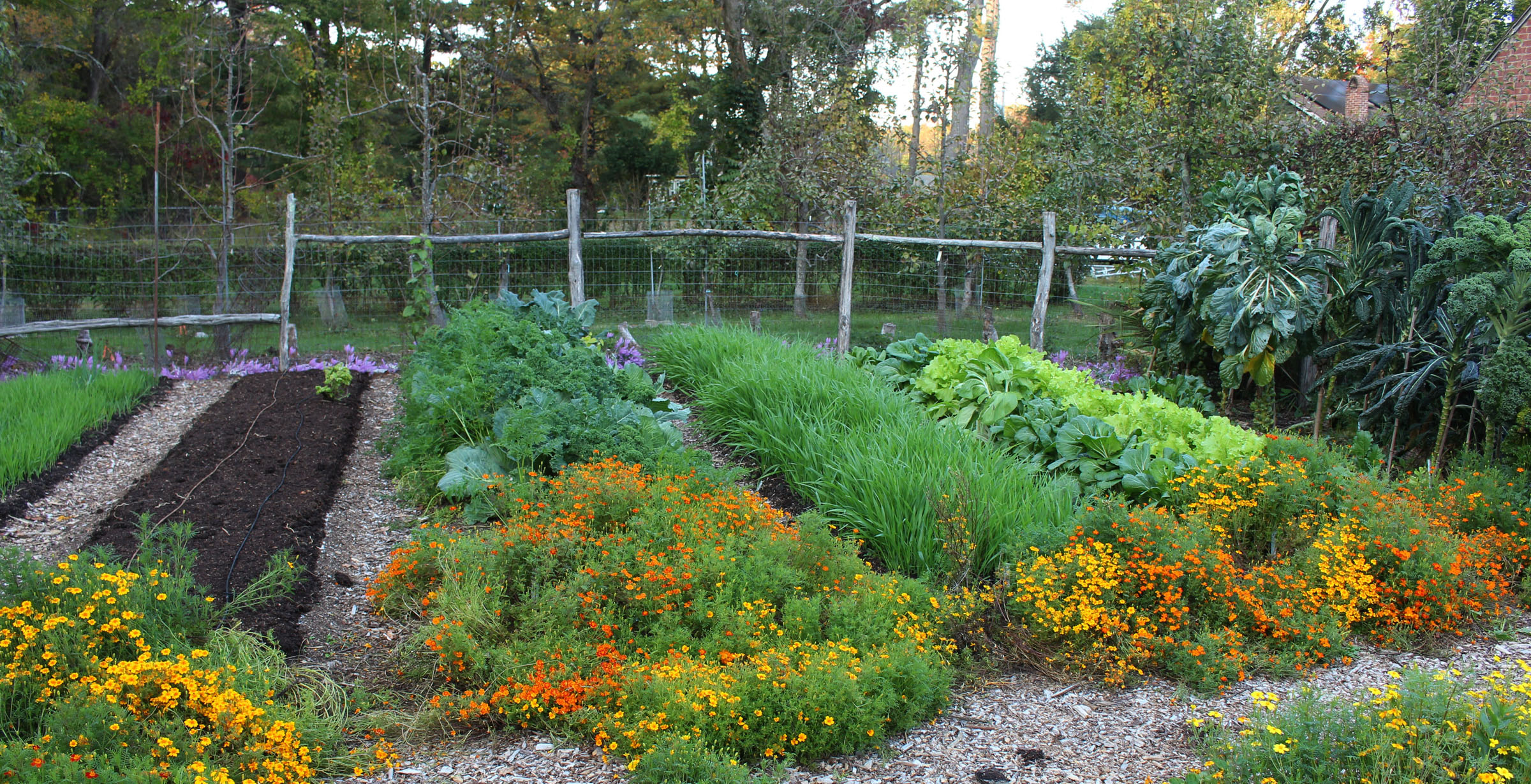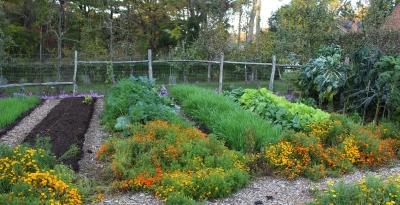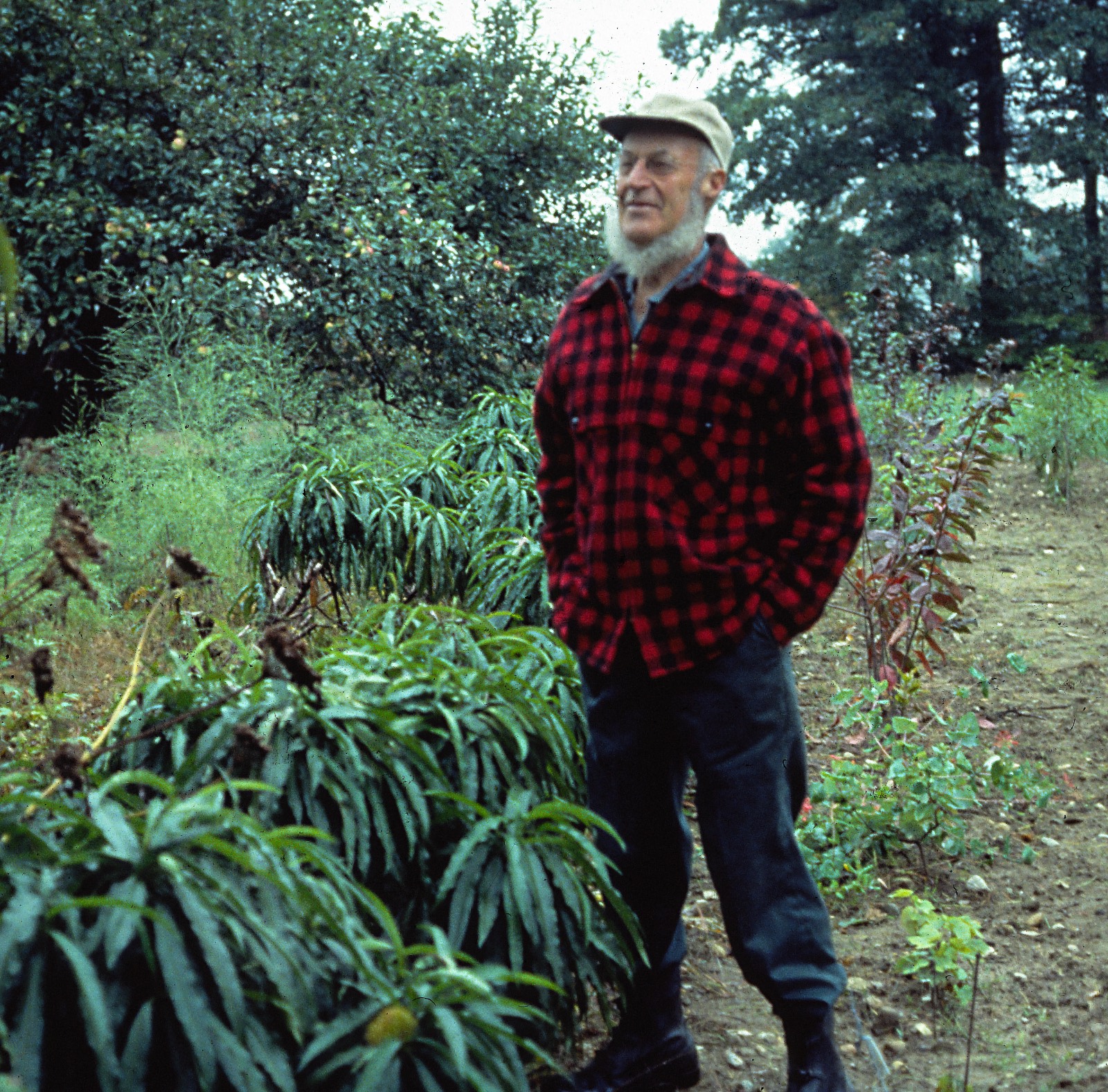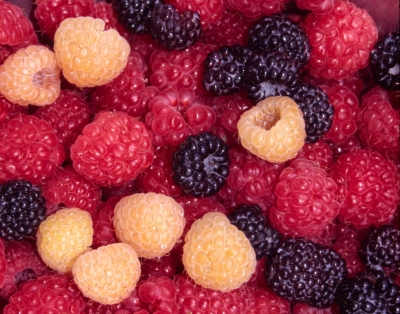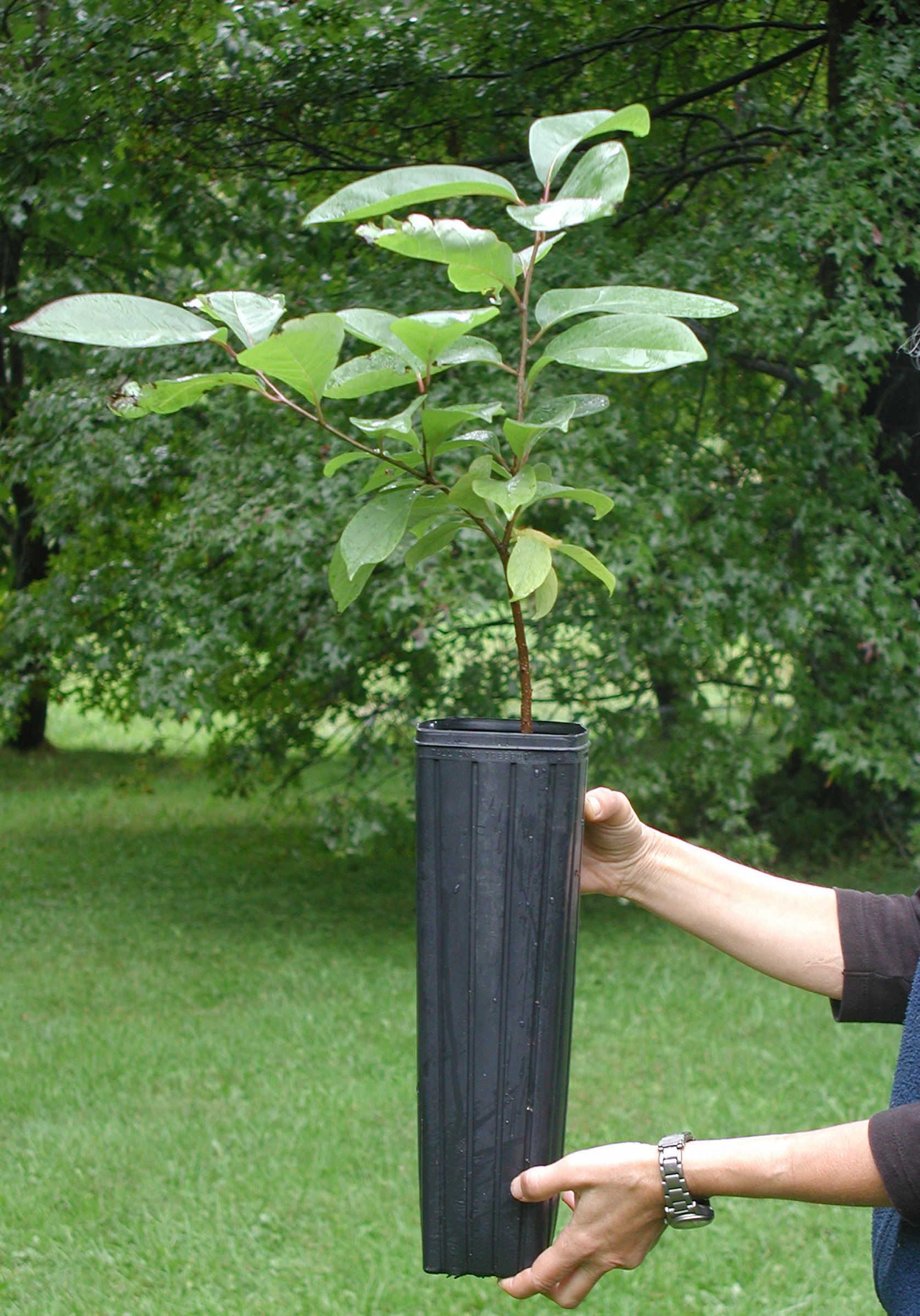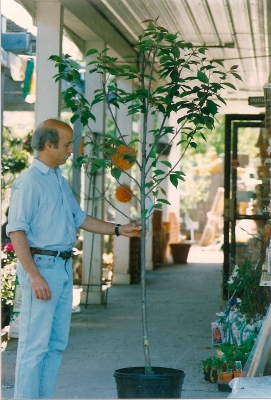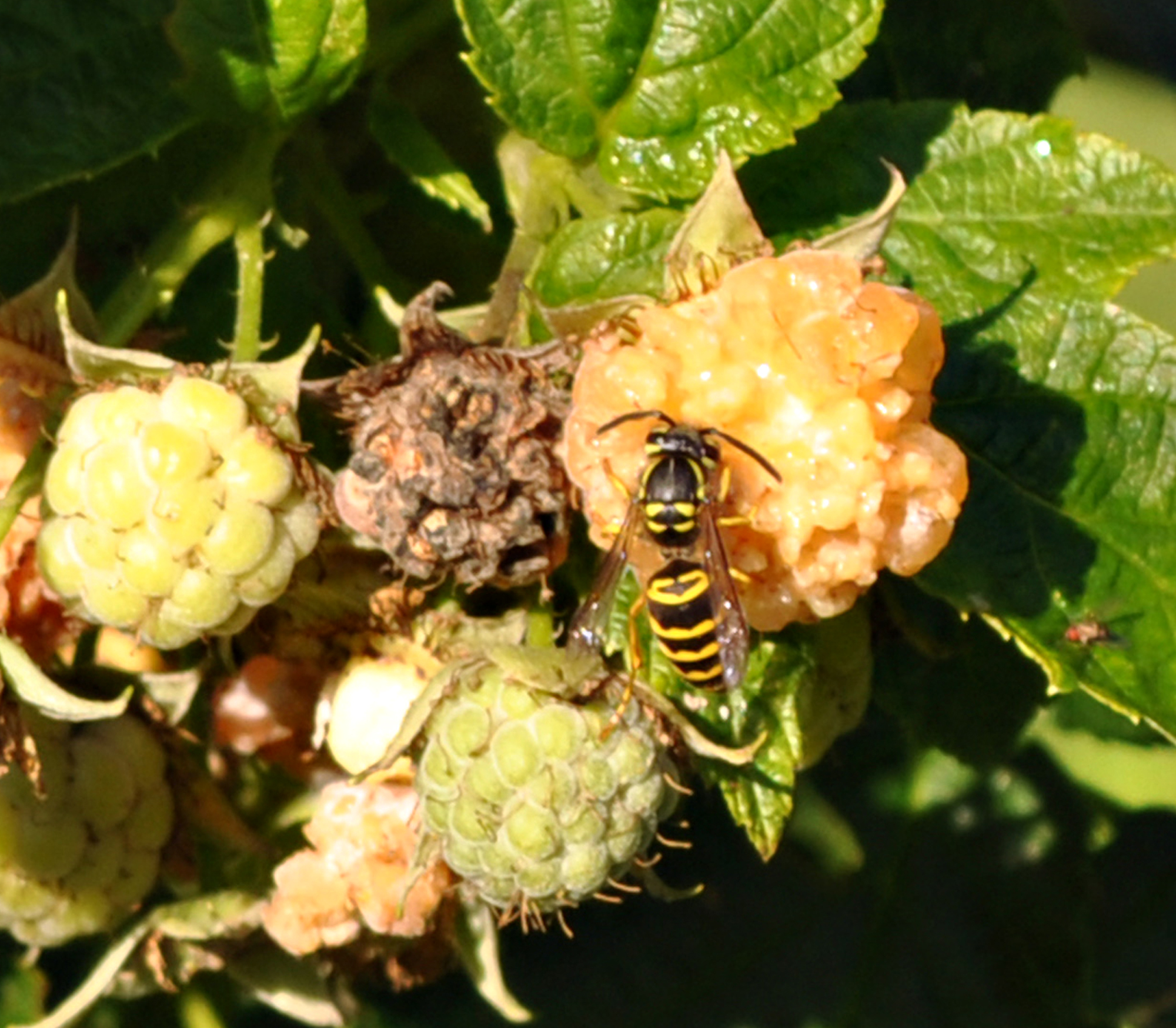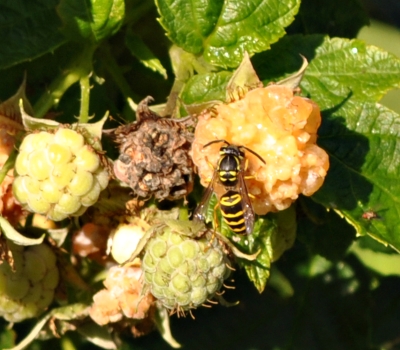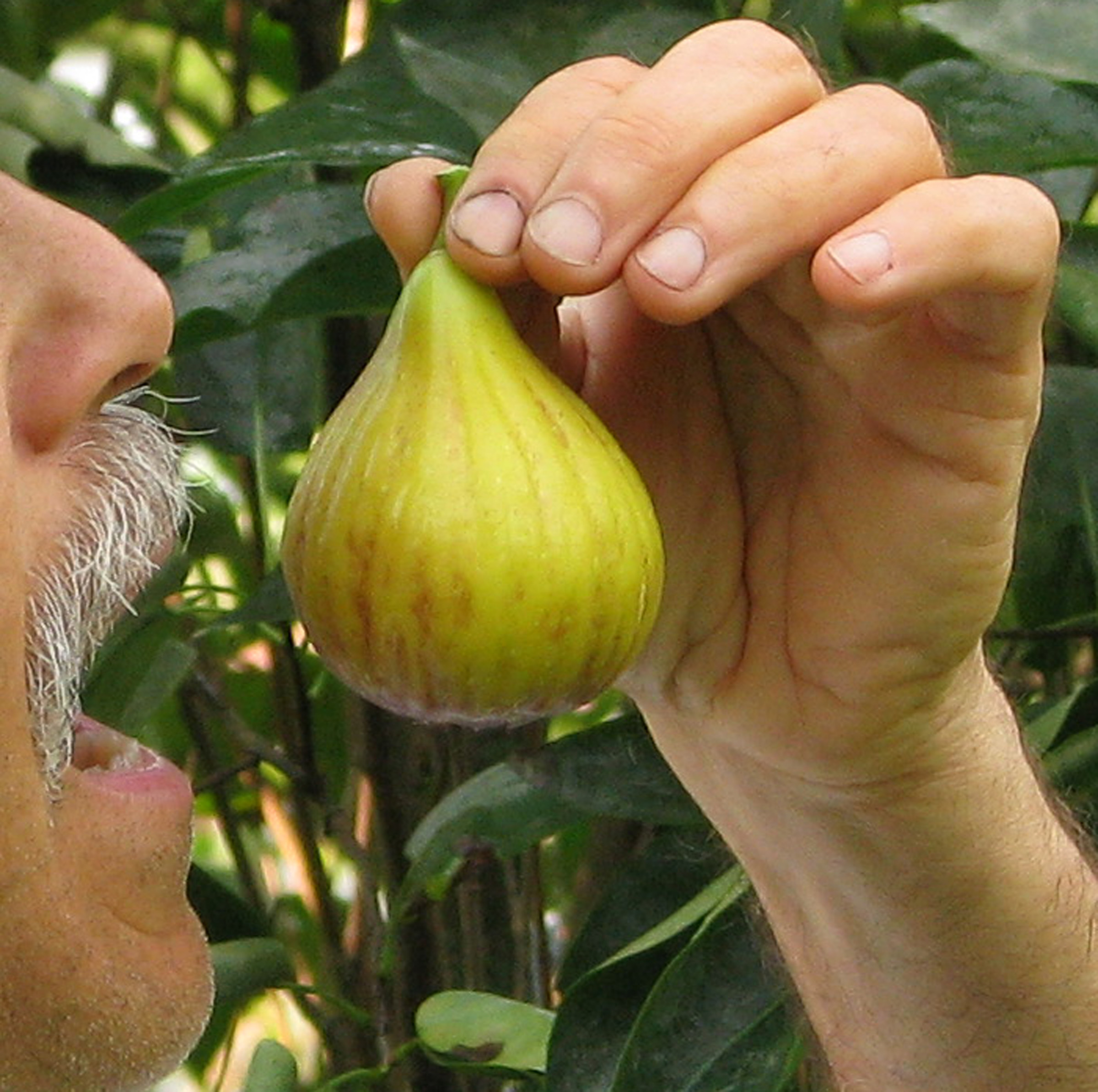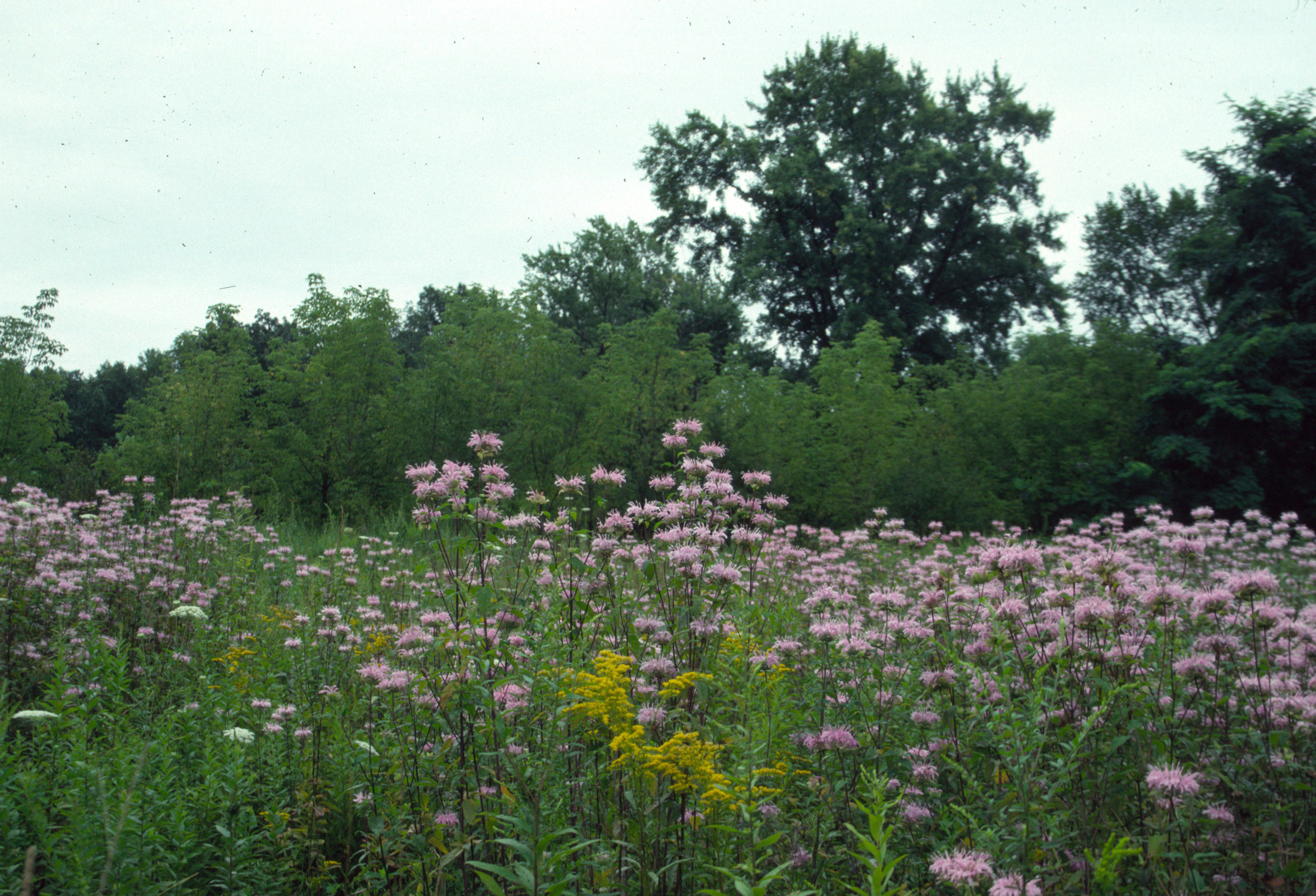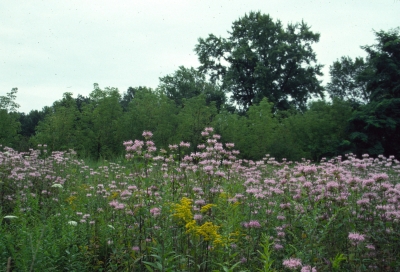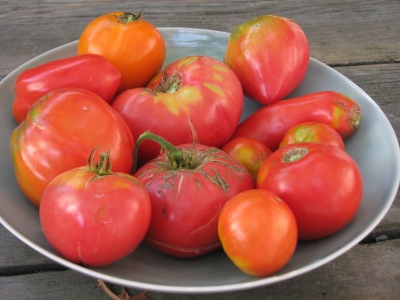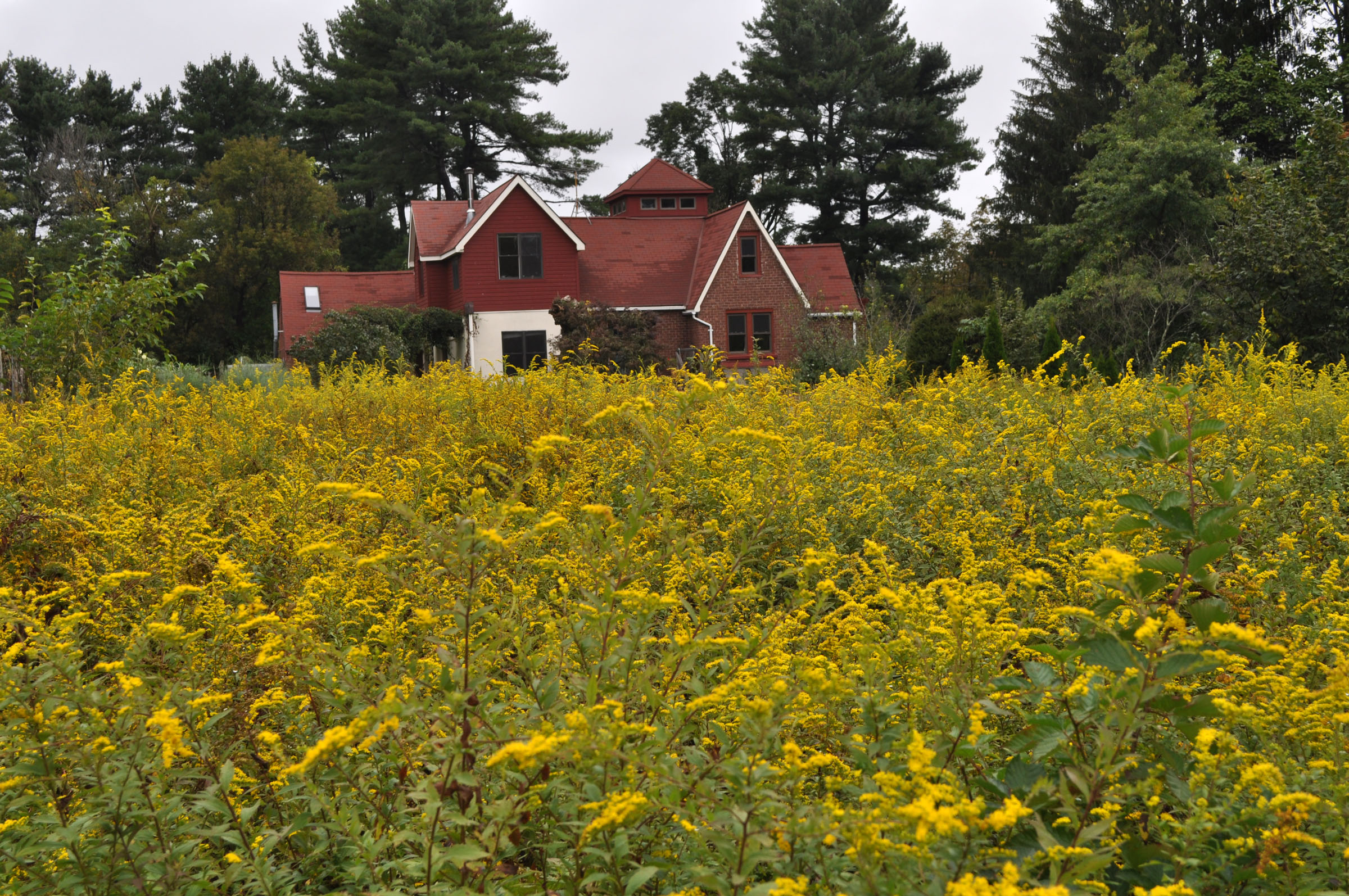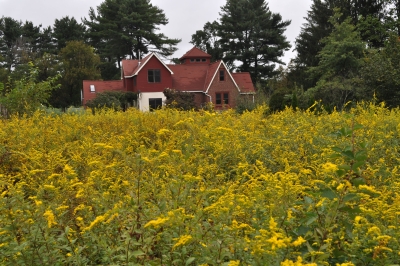(This post is adapted from my book Growing Figs in Cold Climates)
Figs for All
For cold-climate fig growers, the harvest season is upon us. (Fig growers in warmer climates have been harvesting fresh figs for weeks.) But even here in the north, the harvest could continue for weeks to come since the so-called “main crop” fig fruits keep forming and ripening as long as the weather and sunlight keeps stems growing.
Some people might say, “Why go through the trouble of caring for a fig plant when you could buy fresh figs in the market? The fragile skin and the perishability of the fresh fruit doesn’t lend itself to commercial handling, which is why commercial figs, when you do find them in the market, have been harvested while still underripe and firm.” Then the claim could be, “Just let those market fruits sit out for a few days to sweeten up.” Nix on that also. A fig fruit will not further ripen once harvested. It might soften and sweeten a bit, but what’s taking place is more incipient rot — microorganisms degrading cell walls and changing starches to sugars — than ripening.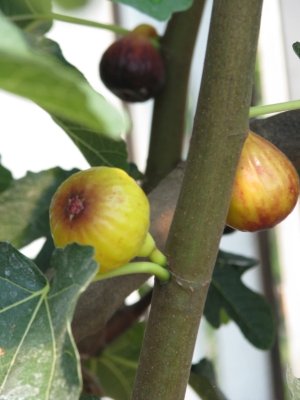
In fact, caring for a fig tree is very little trouble. Even in cold climates, where special techniques are needed for this subtropical plant. Fig plants are relatively pest-free. And, they can be grown in pots, even small ones, although the larger the pot the larger the harvest. Their main requirement is to bathe in six or more hours of daily summer sunshine. Read more
